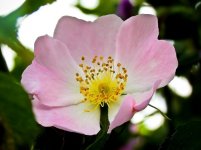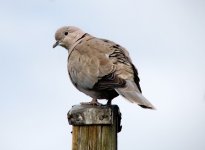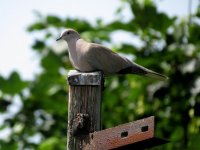Roy C
Occasional bird snapper
ANDY to avoid any confusion here is my method using just the Manual mode.
Dial-in the aperture and ISO you want and while metering off something 18% grey in tone (in the ambient light) change the shutter speed until the dial is zeroed - that's it, start shooting (just consider slight adjustments to the shutter speed for light or dark toned birds as previously described).
When you are shooting something (in the ambient light) take no notice of what the metering dial says as that will be considering the background as well as your target. It is only when the light changes that you will need to re-meter.
Hope that makes sense!
Dial-in the aperture and ISO you want and while metering off something 18% grey in tone (in the ambient light) change the shutter speed until the dial is zeroed - that's it, start shooting (just consider slight adjustments to the shutter speed for light or dark toned birds as previously described).
When you are shooting something (in the ambient light) take no notice of what the metering dial says as that will be considering the background as well as your target. It is only when the light changes that you will need to re-meter.
Hope that makes sense!
Last edited:






